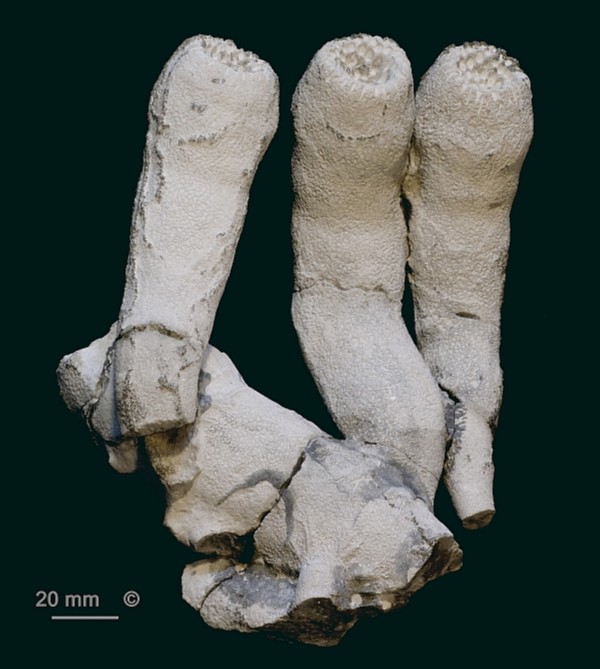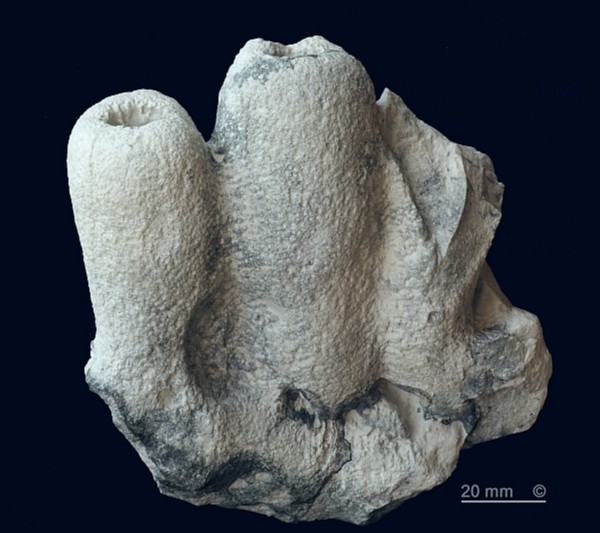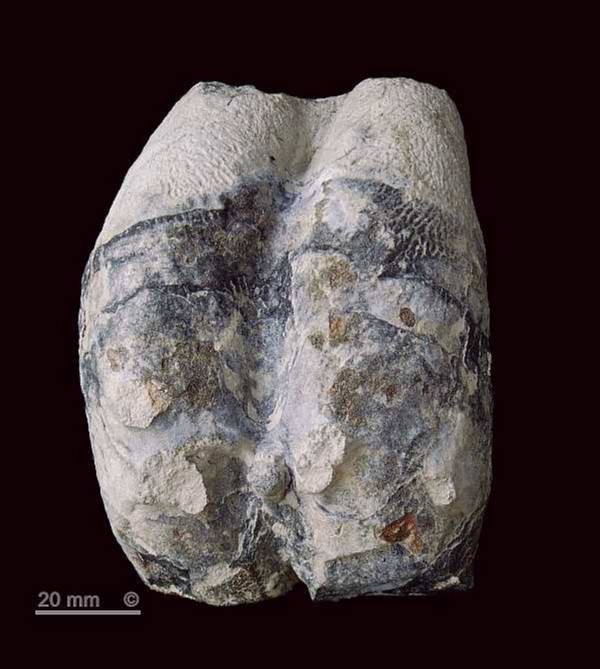
Figure 1 - Polyjerea torgeri, Alemannia, Höver.

Figure 2 - Polyjerea torgeri, Alemannia, Höver.

Figure 3 - Polyjerea torgeri, Alemannia, Höver.
Synonyms:
Thecosiphonia torgeri Schrammen 1910-12
Occurence:
Alemannia, Höver, Lower Campanian (Emscherian). Moderately rare.
Polyjerea (Thecosiphonia) torgeri is a scarce species of the lowermost Campanian of Höver, and its occurrence is restricted to the more clay-rich Emscherian facies, where it appears to be the only porifera species.
Polyjerea (Thecosiphonia) torgeri forms cylindrical to club-shaped individuals, which usually occur as intergrown offsprings of a common cylindrical base. The tops are truncated or more commonly with a shallow paragastral depression. A longitudinal bundle of channels exits in the apical depression and gives rise to numerous densely spaced postica, each several millimeters wide. The external surfaces have a rough appearance caused by 1 to 3 mm wide ostia, and locally also by anastomosing grooves. However, substantial parts of the outside are usually covered by a dense surficial cortex, which is continuous between sponge individuals.
Figure 1 shows a compound group of Polyjerea (Thecosiphonia) torgeri individuals. Note the depressed paragastral areas with postica.
Figure 2 is an example of intense parallel intergrowth of three individuals which share a common base.
Figure 3 shows the typical continuous cortex enveloping two intergrown sponges.